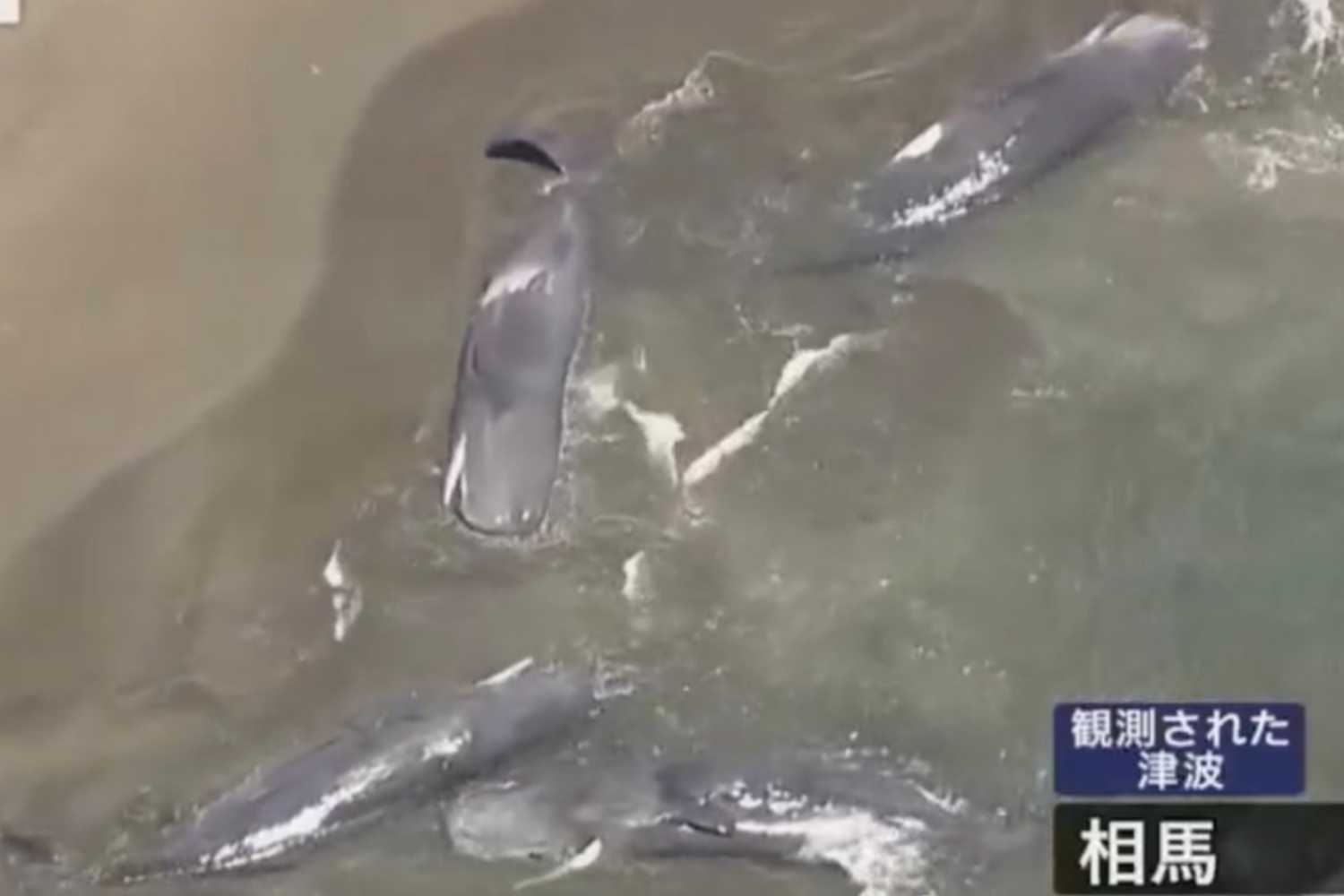A powerful earthquake off the Russian coast triggered a tsunami that led to the stranding of large cetaceans on Japanese shores. Scientists are exploring various possible causes, including the impact of seismic waves on marine animals' navigation.

@X
A sudden roar from the heart of the Pacific, followed by an alert racing like a wave. A magnitude 8.8 earthquake, recorded off the Russian Kamchatka Peninsula, triggered panic and a tsunami warning that reached Japan, Hawaii, and the American coastlines. As millions of people evacuated coastal areas, another tragedy unfolded on Japanese shores: images of large cetaceans stranded and dying spread worldwide.
The facts are dramatic. Just hours after the earthquake, at Tateyama, in the Chiba Prefecture, at least four large cetaceans were found stranded. The footage, broadcast live on Japan’s national television, showed the lifeless bodies on the beach as the first anomalous waves reached the island of Hokkaido. While sources generically referred to the creatures as “whales,” some more specific reports identified them as sperm whales.
The first hypothesis, the most intuitive one, connects the stranding to the tsunami. As explained by some Japanese researchers, this phenomenon is characterized by “rapid and drastic changes in water levels and currents near the coast.” As the wave approaches the shore, it violently pulls water back out to sea, creating sudden shallow areas that can trap large animals, only to return the water with devastating force, inevitably pushing the animals onto the beach.
However, this explanation may be just part of the story. The scientific community is exploring a second, deeper, and more invisible possibility. Marine mammals like whales and dolphins use echolocation to navigate, hunt, and communicate, a sophisticated biological sonar. A seismic event of this magnitude is not just a movement of the Earth’s crust but also a massive explosion of acoustic pressure waves. These sound waves can literally deafen and confuse the cetaceans, making them unable to “see” their surroundings and causing them to lose their way. Furthermore, some species also use the Earth’s magnetic field for long migrations. An earthquake, by altering the ocean floor, could have disrupted this natural “compass,” contributing to the fatal disorientation.
There is, however, a third perspective—one of scientific caution. Some experts point out that, in scientific literature, there is no definitive, universally accepted correlation between seismic events and mass strandings. Large cetaceans like sperm whales are pelagic animals, accustomed to living in very deep waters, where the effects of a surface wave, especially one of initially small height (only about 12 inches [30 cm] at Hokkaido), might be minimal. Therefore, this could be a tragic coincidence, as strandings occur for multiple reasons, often unrelated to catastrophic events.
While authorities in Japan focused on evacuating people, the fate of the animals remained uncertain. Without the buoyancy provided by water, the sheer weight of a whale can crush its internal organs, drastically reducing survival chances. The impact of such an event, however, goes beyond what is visible from the shore. The anomalous wave traversed the entire Pacific, reaching fragile ecosystems as distant as the Great Barrier Reef. A pressure wave of such magnitude disrupts the ocean floor, currents, and temperatures, triggering a chain of invisible damage that threatens marine life on a global scale.
